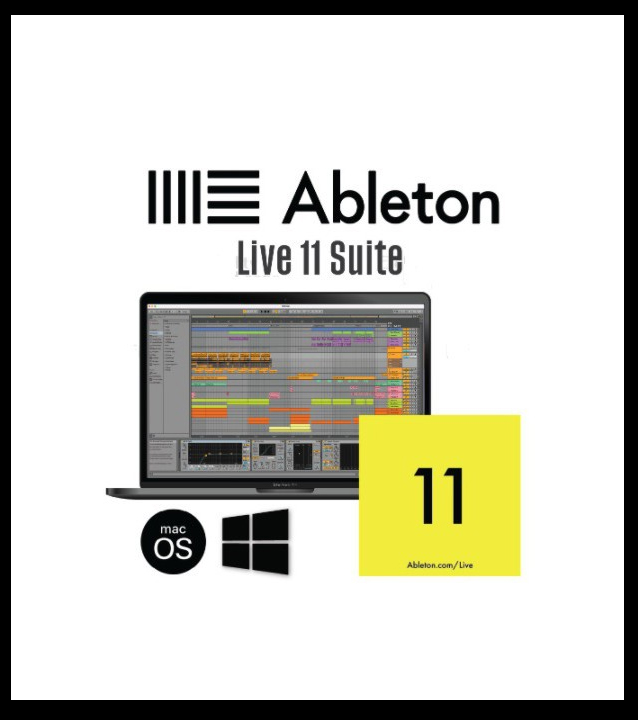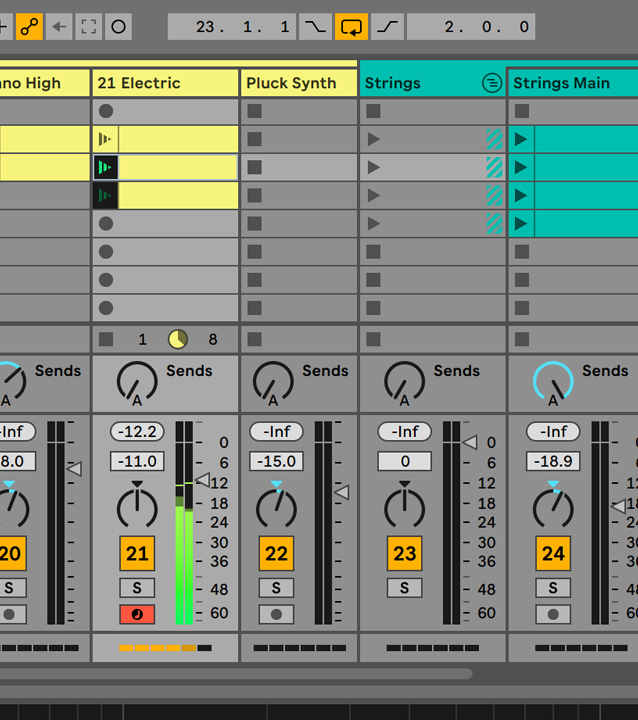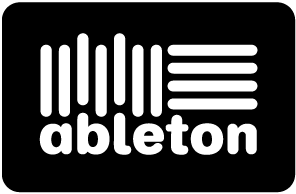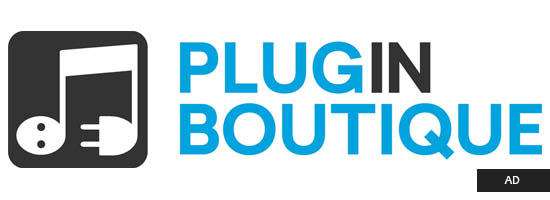Ableton Live – From Humble Beginnings
Ableton Live has become of the most dominant music production programs or Digital Audio Workstations of the past 25 years all from very humble beginnings. Surpassing well over 250,000 users in 2019 it seems like it will only continue to grow.
So where did Abelton Live come from and how did it grow into the power house it is today?
Release & Backstory
On a personal note, Ableton Live changed my life in music, from a band and studio time to home production and studio. I’m sure like me there would be countless albums that wouldnt sound the same without it.
Imagine a world of music production with sequence driven loops rained supreme. Most DAW’s looked and felt like a drum machine from the 80s with only a few really pushing the boundaries. Enter Ableton Live, released in 2001. This wasn’t just software; it was a revolution in how we create music.
For many, like our readers, it meant shifting from traditional recording setups and studio bookings to having a complete studio at their fingertips. The brainchild of Gerhard Behles, Robert Henke, and Bernd Roggendorf, Ableton Live was designed to be different – an intuitive, flexible tool that complemented live performances and streamlined music production.
It’s UI wasn’t that much different to what you see today but it was a lot thinner. It was far from clean as well with fonts seemingly unfinished but at its core it was a building block of the beast we know today.

Features In 2001
Complete DAW
Session View
Intergrated Instruments & FX
Midi & Macro Control
Max For Live
MPE Support



The History Of Ableton
Ableton’s journey is a story of constant innovation. Born out of Berlin’s vibrant techno scene, it quickly became a favorite among electronic music producers. Founded in 1999 it took almost two years of development and bug fixing to roll out one of the earliest releases to the public.
While some lucky users got to beta test it before release pre version 1.0 – Montreal being one of those locations. The UI had a simple yet inviting look one that had a plan to continue to develop and change with user feedback.
With each iteration, Ableton expanded its reach, adapting to various music genres and production styles. It’s a tale of a small company that didn’t just follow trends but set them, influencing how music is produced and performed across the globe.
Now employing over 350 people in 30 countries their focus on inovation has kept them alive when others have failed. A strong basis to this success was instruments and a powerful understanding of how to bring them to the digial world. Infusing what Steinberg had brought in the past via the way of VST but also internally with their own built-in instruments.
Now over 25 years since a Ableton’s inception we have seen countless revisions and improvements. As a user who has been there since 2003, I can say it has changed the way I make music and appreciate what happens behind the software more than ever.

Updates & Progression

Ableton Live’s progression is nothing short of remarkable. Each update brought something new to the table: Live 5 introduced clip freezing, Live 8 brought us Groove Pool, and who could forget the game-changing Push controller introduced with Live 9?
Each version not just refined the workflow but also redefined what musicians could do with a digital audio workstation. But its what was happening before we saw it that really mattered. See as an end user we see the final product and yes there has been patches released to fix bugs over the last 11 core releases soon to be 12.
But the planning is far beyond what we see. Developers at Ableton and most software companies are thinking two or three releases ahead looking to continue to innovate, the road maps change from time to time but the core belief is still the same. Break new ground whether its in the way of hardware or software expect Abelton Live to continue to improve.
Live Performance & Development

Talking about Ableton and not focusing on live performance would be like discussing guitars without mentioning rock music. Its name wasn’t just a branding choice; it was a commitment to enhancing live music performance. With features like Session View and seamless MIDI controller integration, Ableton Live didn’t just bridge the gap between studio and stage – it practically erased it.
It’s not just about bringing studio-quality sound to the stage; it’s about transforming live music into an immersive, interactive experience. The introduction of Session View was a game-changer. This unique feature allowed artists to mix and match loops, samples, and tracks on the fly, essentially turning the software into an instrument in its own right.
But it’s not just the software alone that makes Ableton a powerhouse for live performances. Its seamless MIDI controller integration plays a crucial role. By allowing musicians to connect a wide array of controllers, Ableton Live opened a world where the physical and digital realms coexist in harmony. Artists can manipulate sounds, trigger loops, and control effects with the touch of a button or the turn of a knob, bridging the tactile experience of traditional instruments with the endless possibilities of digital sound.
Ableton’s commitment to live performance extends beyond individual features. It’s about an ecosystem that supports artists’ creativity and spontaneity. The Ableton Link feature, for example, lets multiple devices sync up over a wireless network, enabling collaborative performances that were once logistically challenging. This level of connectivity not only enhances the live experience for the artists but also for the audience, creating a dynamic, unpredictable environment where each performance is unique.
To close, Ableton Live’s development in the realm of live performance is a testament to its vision of breaking boundaries. It’s not just about playing music; it’s about creating an experience, a dialogue between the artist and the audience, powered by technology that is as intuitive as it is powerful. As Ableton continues to evolve, it undoubtedly will keep pushing the limits of what’s possible in live music performance, ensuring that the gap between the studio and the stage remains a thing of the past.
What’s Next For Ableton Live?
Years of development have made Ableton Live one of, if not the greatest, music production tools ever made (Yeah, I love Ableton- but for good reason). But what’s next?
While we can only speculate, one thing’s for sure: the future looks bright. Expect continued innovation, more intuitive features, and perhaps even more integration with emerging technologies like AI and spatial audio. One thing is certain – Ableton will continue to shape the music production landscape for years to come.
We might anticipate a future where Ableton becomes even more user-friendly, with interfaces that are increasingly intuitive, making sophisticated music production accessible to a broader range of artists and enthusiasts.
While I’m not in favour of AI in music production it would seem that integration with cutting-edge technologies is likely to be a significant focus. Ableton Live harnessing the power of Artificial Intelligence (AI) not just for music creation but also for learning and adapting to the user’s unique style. The integration of AI might transform Ableton into a collaborative partner in the creative process, offering insights drawn from vast databases of music theory and production techniques. Which I hope doesn’t happen but these days nothing is out of scope.
As remote collaboration continues to rise, we might see Ableton enhancing its connectivity features. This could mean more sophisticated cloud-based collaboration tools, allowing artists to work together on projects in real time, regardless of their physical location. The software could evolve to become a hub for collaborative creation, breaking down geographical barriers and fostering global musical partnerships.
Ableton’s future might also hold a deeper commitment to education and community. As the platform grows, so does its user base, ranging from hobbyists to professional producers. We might see an expansion in educational resources, online communities, and support networks, making the journey into music production more navigable and interconnected.
The future of Ableton Live is not just about technological advancements; it’s about nurturing a creative ecosystem that evolves with its users. While it’s impossible to predict exactly what’s next, one thing is clear: Ableton will continue to be at the forefront, driving innovation and inspiring a new generation of music creators.
Either way we will be there to give our thoughts and help to users just like you in the hope to help where we can. Be sure to check out all our other articles on Ableton Live from our contents section at the top of this article.
Contact
Our Team
team@cobwebaudio.com
Enquiries
613-706-0472
Site Navigation
DAW & Recording
Instruments & Equipment
Software & Plugins
Guides
Our INFO
Privacy Policy
About Us
Advertise On Cob Web Audio
Sponsored Content
Sitemap
